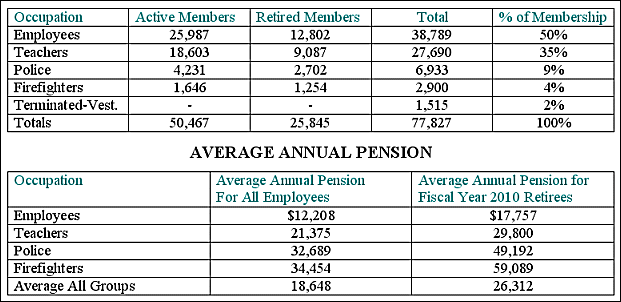|
To the Editor:
The NH Municipal Association (NHMA-linked to the NH Local Government Center (LGC)) reports the following in their newest publication, “State Aid to Municipalities: Understanding the various types of financial assistance to local governments is critical to understanding the effect that state-level budgetary decisions have on local property taxes. With the property tax as the primary source of local revenue, reductions in any state aid program, or shifting of state costs to municipalities, will most likely result in increased property taxes.”
It is obvious that any reduction in the $7.1 million state education adequacy grant to Goffstown would have an impact. Any reduction in state aid to Goffstown’s public employee’s retirement program would also impact future tax rates. First, an actual look at some numbers is appropriate.
The NHMA publication (page 7) has some data concerning the New Hampshire Retirement System (NHRS) that is quite informative. These numbers show a trend of higher pension funding.

The NHMA publication also states the following on page 8: “While a funding ratio of 100% (meaning there are sufficient assets to fund all liabilities) is desirable, it is not necessarily a realistic benchmark since all the benefits are not immediately due and payable, but generally stretch over a 25 to 30 year horizon. Therefore, a more common benchmark to measure the health of a public pension system is a funding ratio of 80%. The NHRS funding ratio as of June 30, 2010 was 58.5%, significantly below the desirable benchmark.”
The above data shows that NH residents may be paying an average retirement per year of $26,312 for 50,467 retirees ($1,327,887,704/year) for at least 25 years (total- $33,197,192,600) when they retire. Those calculations don’t include the 25,845 already retired for some number of years or the increases that may be accrued by either group. It certainly will be a lot of money…in the future.
None of this is about whether the public sector (or even the private sector) is entitled to have a very generous defined benefit retirement. It is about the future cost of such an under-funded plan.
Ivan Beliveau
Goffstown
|





